Guide To Customer Data Management for Modern Marketers
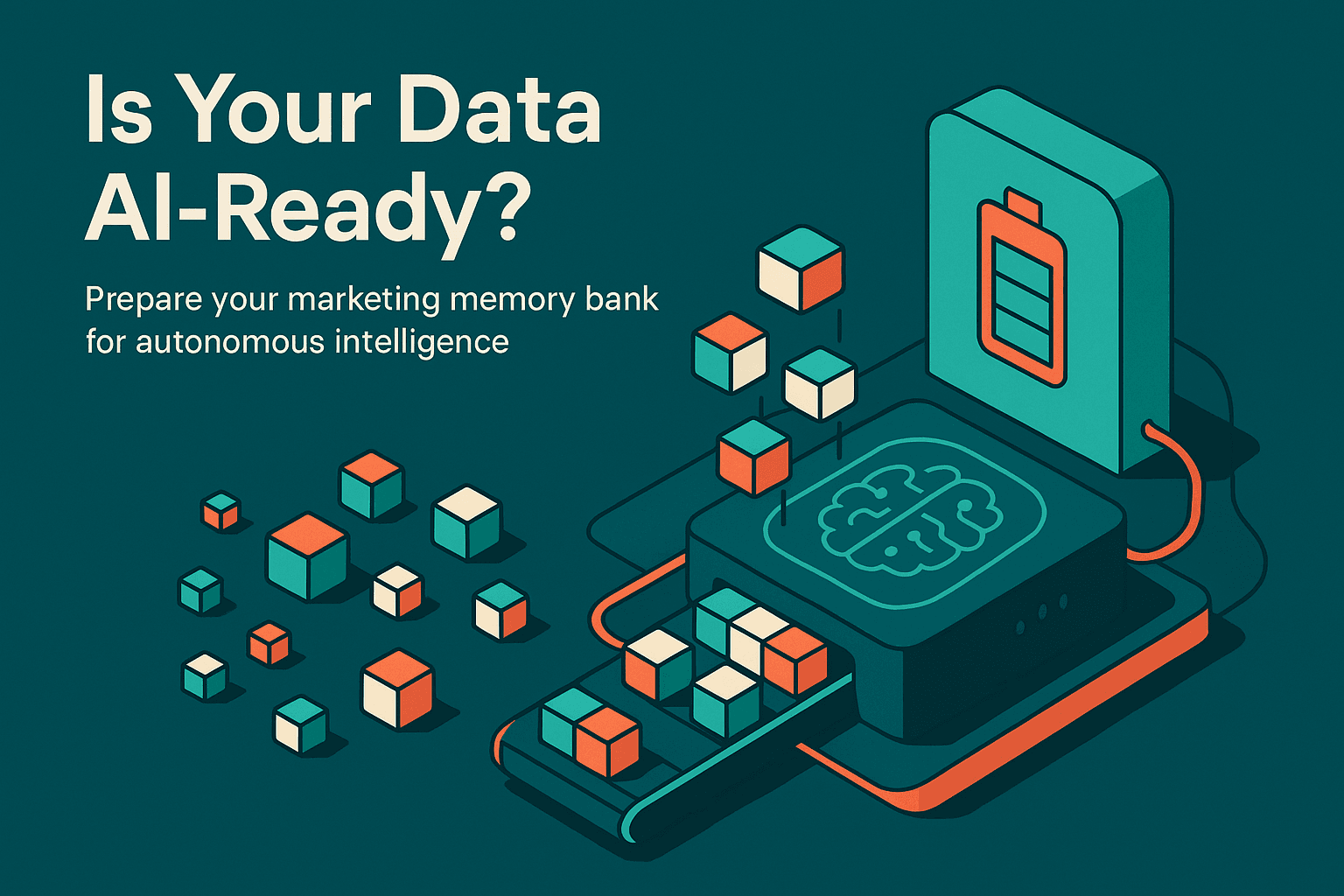
Customer data management is the discipline of collecting, unifying, governing, and activating customer information so teams can understand people and deliver relevant experiences across the full journey with accuracy, consent, and measurement.
Yet, Marketers often feel overwhelmed by data, struggling to gain clear customer understanding despite having a wealth of information at their fingertips. Improving data management to build your marketing memory bank is crucial for transforming raw data into actionable intelligence that fuels genuine growth and enables smarter decision-making in an increasingly competitive landscape.
“Only 20% of marketers say they have an excellent understanding of their customers.”
This statistic reveals a concerning truth for marketing teams everywhere. Despite being swamped by vast amounts of customer data, many marketers still feel they are navigating a thick fog, making decisions based on fragmented glimpses rather than a complete, clear picture.
Do your marketing campaigns sometimes feel like they are just bouncing off walls, struggling to connect with an audience that remains a hazy blur rather than a clearly understood person? If so, you are not alone.
Marketers are often drowning in raw information but simultaneously starving for truly useful insights.
The compelling promise of hyper-personalized campaigns and AI-driven efficiency frequently collides with the messy reality of disconnected and disparate information.
It is time for a fundamental shift in how organizations approach their data. This isn't about collecting even more data, instead, it is about making existing data smart, interconnected, and, most importantly, actionable.
What is the real cost of bad data in marketing, and how does fragmented customer information drain your budget?
It may seem easy to dismiss data problems as minor inefficiencies or just nagging headaches within your marketing operations. However, a closer look behind that curtain reveals something far more significant.
The financial fallout from poor data quality and systems that do not communicate with each other is actually staggering.
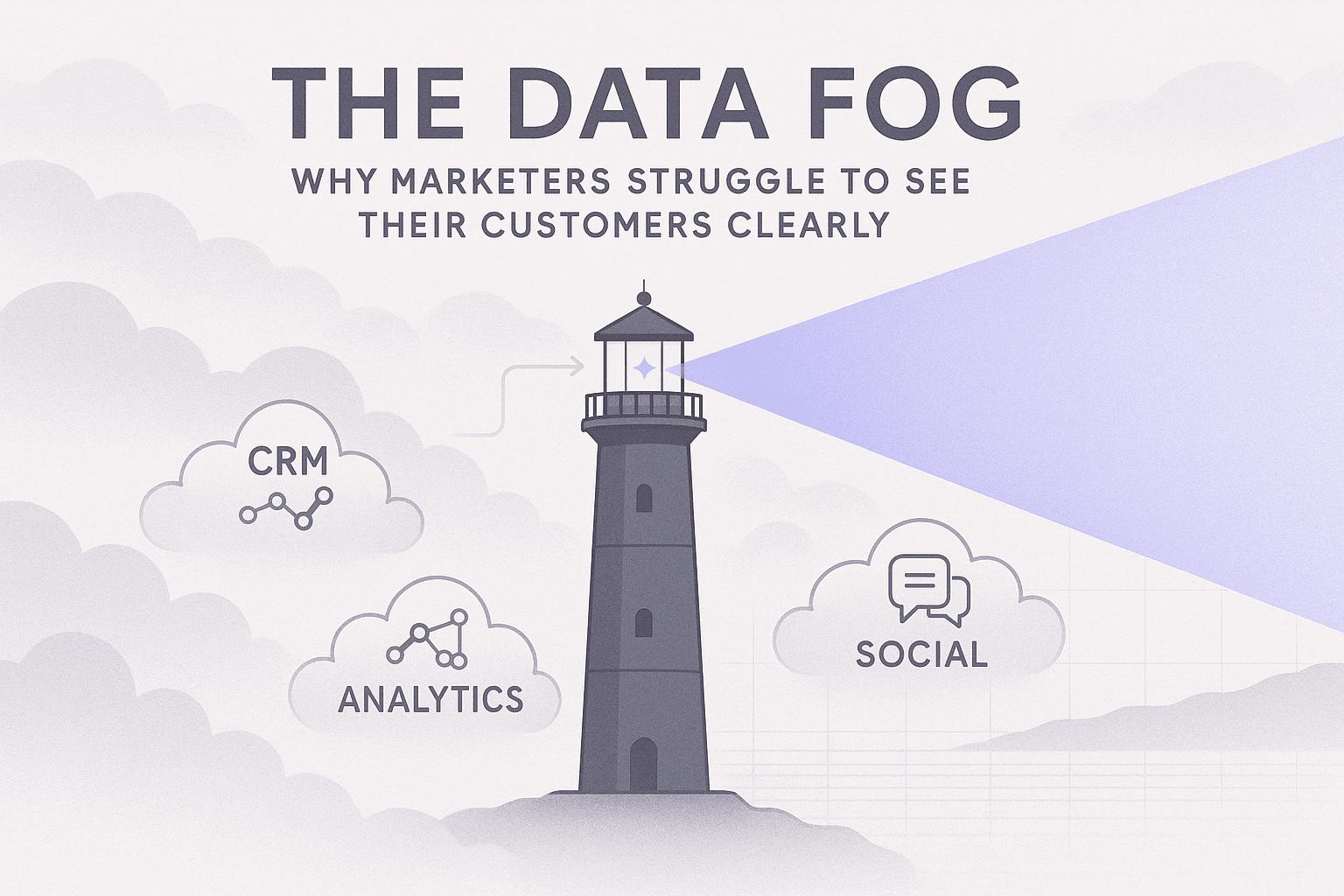
Most companies totally underestimate this invisible drain on their money, frequently treating campaign failures or missed targets as the main problem, while overlooking the underlying data mess.
This issue goes far beyond mere lost productivity or missed opportunities. We are talking about real, hard cash consistently slipping away, impacting your bottom line much harder than you might initially imagine.
How much does bad data cost marketers per year?
The numbers clearly indicate an alarming trend. Fragmented, incorrect, or outdated customer information directly translates to wasted marketing spend.
It is akin to continuously pouring your valuable budget into a bucket riddled with leaks, leading to a constant loss of resources.
Picture allocating significant funds to marketing campaigns that rely on old customer profiles, contain duplicate records, or suffer from incomplete historical data. Investing in such campaigns is like attempting to fill a sieve.
You expend considerable effort and resources, but the measurable results are practically negligible.
The true impact of poor customer data management is far greater than many organizations realize, systematically eroding budgets and undermining even the most meticulously planned marketing initiatives.
This makes effective customer data managementnot just a desirable feature for operational efficiency, but a fundamental financial necessity that directly influences your company's actual revenue generation.
“Marketers waste 21 cents of every media dollar due to poor-quality data.”
This phenomenon is not merely an abstract concept of waste, it represents measurable financial losses. Furthermore, this loss is not confined solely to campaign budgets.
It permeates and negatively affects nearly every operational aspect of a business, from strategic planning and accurate market forecasts down to the precise costs associated with acquiring new customers and retaining existing ones.
When your customer data lacks cleanliness, consistency, and proper connection across every single point of interaction, you are not just operating inefficiently; you are actively losing money across multiple dimensions. Additionally, the sheer amount of effort your teams expend on manually cleaning, deduplicating, and attempting to reconcile fragmented data diverts valuable human and technological resources away from innovation and growth. It’s a double whammy: you incur losses on ineffective efforts and then spend even more resources trying to rectify the resulting data chaos.
Why is a Single Customer View essential in marketing, and why do most teams struggle to implement it?
The concept of a Single Customer View (SCV) represents that almost mythical, complete, 360-degree picture of every customer.
This vision is virtually universally coveted within marketing circles. Imagine having the ability to truly personalize every interaction, accurately predict customer needs, and forge deeper connections by genuinely understanding your audience on an individual level.
Yet, despite widespread agreement that it is essential, actually implementing unified customer data feels like a distant dream for the vast majority of organizations.
What is the gap between acknowledging and implementing a Single Customer View?
While nearly four out of five marketers readily admit that a single customer view is absolutely essential for their success, only a small fraction have actually managed to bring it to fruition.
“Approximately 78% of marketers acknowledged the necessity of a Single Customer View, but only 24% had successfully implemented it.”
This significant disparity highlights underlying complexities that frequently remain unaddressed, including departmental silos, deeply embedded technical limitations, and resistance to change. It’s insufficient to merely wish for unified customer data; what’s required is a comprehensive strategy designed to overcome organizational inertia.
What obstacles prevent a 360 degree customer view across marketing systems?
The challenges extend far beyond simply connecting a few systems. We’re talking about deeply entrenched data silos, where departments operate their own distinct datasets with unique naming conventions, preferred formats, and metrics. This fragmentation creates a maze of disconnected information, making it virtually impossible to assemble a coherent customer story.
Without proactively tackling standardization, breaking down inter-departmental walls, and establishing a single source of truth, achieving a truly unified view remains an uphill battle. It is not solely about technology; it profoundly involves people, processes, and culture.
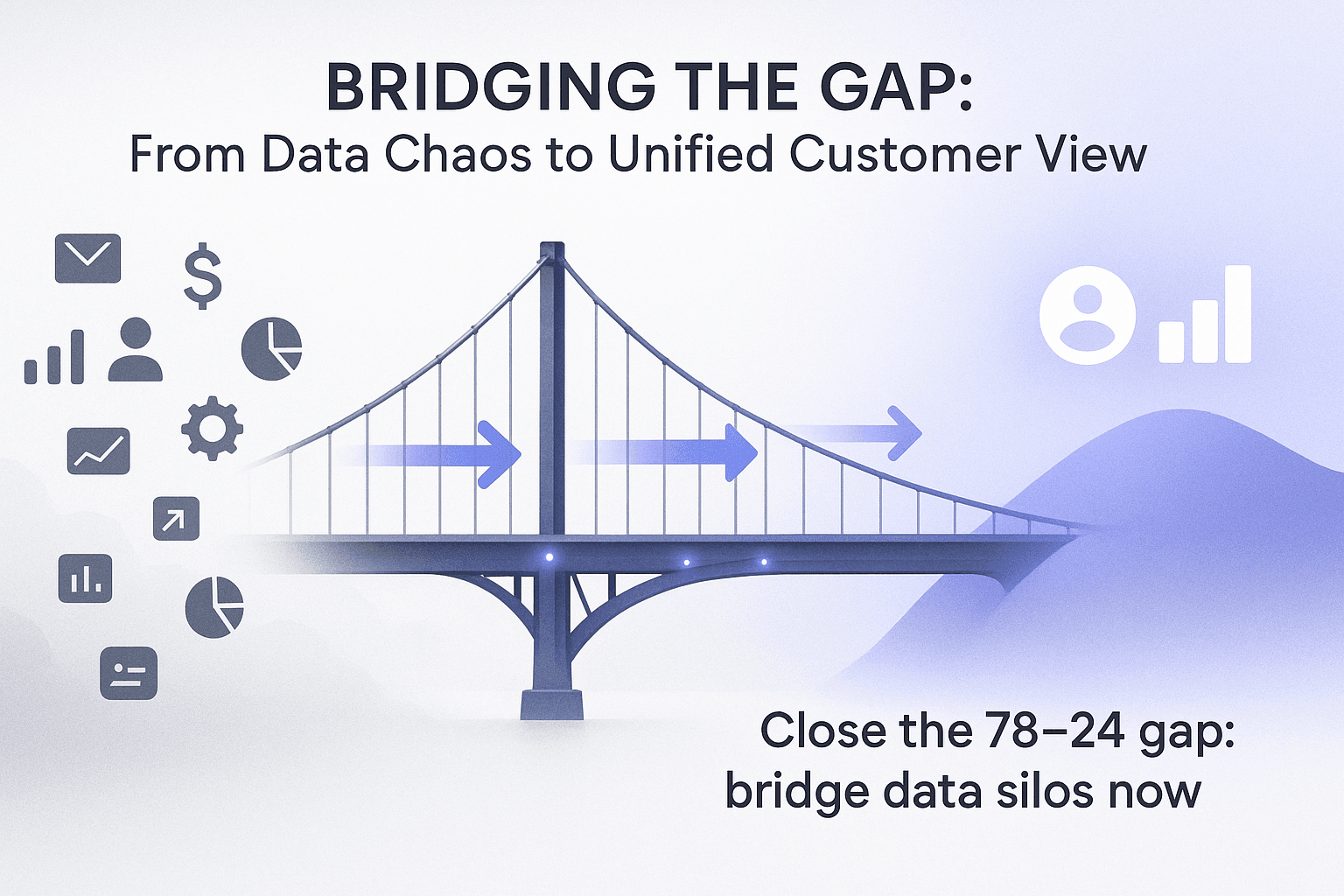
Why is an Agentic AI data layer non-negotiable for modern marketing?
Artificial Intelligence, particularly the rise of Agentic AI, promises a new era of marketing autonomy and efficiency. We envision sophisticated AI agents flawlessly executing campaigns, identifying trends, and engaging customers with precision.
However, AI is not a magic wand. Its intelligence, effectiveness, and ability to act autonomously are tied directly to the quality, accessibility, and contextual depth of the data upon which it is built.Without a strong, carefully designed Agentic AI data layer, even the most advanced AI will stumble, leading to costly mistakes and underwhelming results.
How does data quality impact AI marketing performance?
It’s a misconception that AI can clean up your data mess. The truth is the opposite: substandard data quality undermines AI algorithms, leading to inaccurate insights, missed predictions, and ineffective strategies.
“The effectiveness of AI-driven marketing initiatives relies heavily on clean, accurate, and up-to-date data. Poor data quality can undermine AI algorithms, leading to inaccurate insights and ineffective strategies.”
This isn’t just about raw, unstructured data, it’s about intelligent data. Your AI system must comprehend meaning and implications, not merely access facts.
What is the role of context and non-human identities in Agentic AI data models?
Agentic AI thrives on deep context: nuanced user intent (the why, not just the what) and an understanding of non-human identities (NHIs) such as bots, other AI systems, and IoT devices. Meeting these demands calls for solid data governance, semantic layers, and advanced data models, so AI agents not only access data but understand it well enough to orchestrate complex operations and deliver deeply personalized interactions.
Curious how to empower AI with intelligent, contextual data?
How does data orchestration enable hyper-personalization in marketing and boost ROI?
Traditional marketing automation delivered efficiency through broad segmentation and rule-based workflows. But modern data orchestration elevates this to true hyper-personalization that delivers exponential returns, crafting dynamic, individualized journeys that adapt in real time, anticipating needs and responding to behavior.
(For context on this shift, see: Marketing Automation Is Being Replaced by Autonomy.)
How do you move from segments to one-to-one personalization at scale?
The era of broad segments and generic personas is over. Today’s consumers expect experiences tailored to their immediate needs, preferences, and evolving behaviors. Data orchestration brings together, refines, and activates comprehensive customer data across every touchpoint, systematically dismantling system silos.
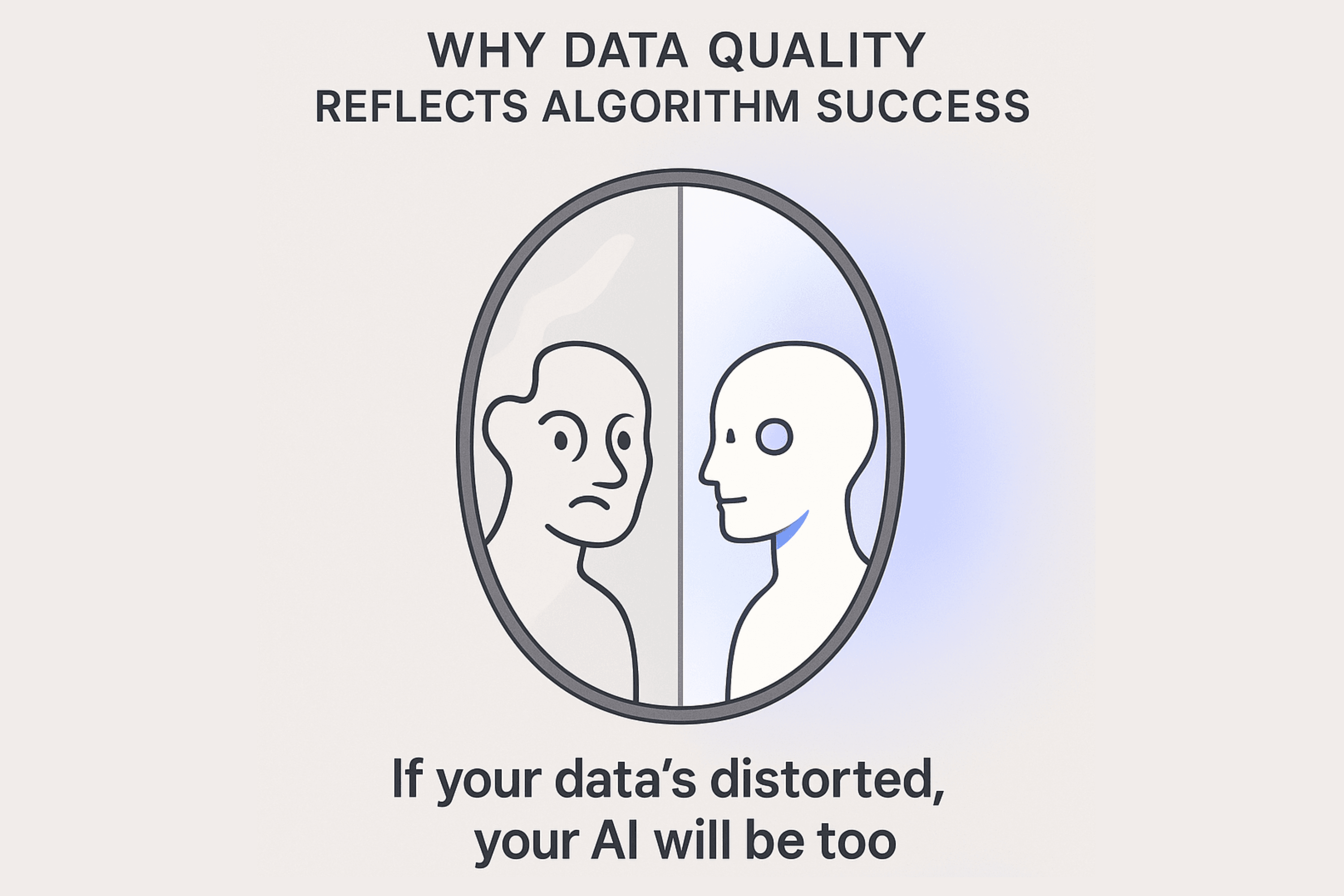
The result is one-to-one campaigns and interactions at scale, where every customer feels seen, understood, and valued.
What ROI can true personalization deliver in marketing?
The impact on ROI is transformative.
The impact on ROI is meaningful. McKinsey finds that effective personalization typically lifts revenues by 5–15% and increases marketing ROI by 10–30%.
Organizations that master data orchestration and deliver authentic hyper-personalization don’t see incremental gains; they achieve robust revenue growth, efficiency boosts, and competitive advantages that redefine what’s possible.
Ready to see hyper-personalization deliver incredible ROI?
Why is rethinking data management essential for autonomous AI in marketing?
Your CRM, and even many advanced CDPs, while foundational, are no longer sufficient to power the next generation of autonomous marketing.
The future demands more than storage and rudimentary integration. It requires dynamic, intelligent data management, a living, breathing vault that captures not only transactions and demographics but also real-time qualitative signals: mood, urgency, and intent.
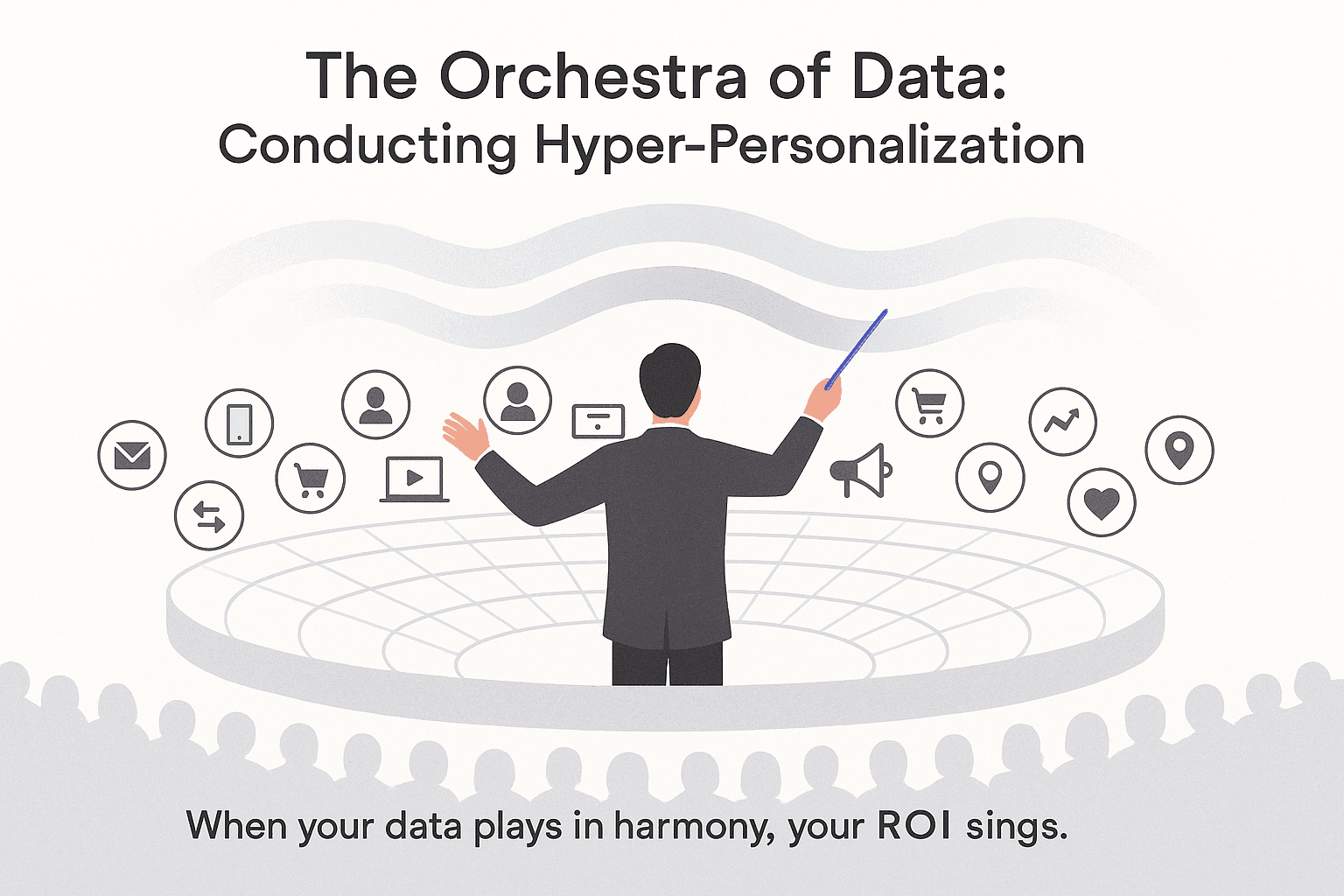
How should your data foundation evolve from storage to strategic intelligence?
Traditional CDPs/CRMs focus on gathering, organizing, and reporting quantitative data.
But with Agentic AI, your Marketing Memory Bank must transform from a passive repository into an active, query-ready profile that unifies all data, including qualitative insights from conversations (chat, voice, and beyond). This holistic picture is vital for contextual awareness and proactive engagement.
What is a conversation-first data layer, and how does it capture mood and intent?
To truly empower autonomous marketing, your data layer must go beyond clicks, page views, and static purchase history.
It needs to capture the human element, mood, intent, and urgency expressed in every interaction. A conversation-first approach is the key to breaking silos and building a marketing memory bank that allows AI agents to understand customers deeply, empathetically, and in real time, so they can respond with intelligent, contextually relevant actions.
The Zigment point of view: Conversation-First data as your Agentic AI foundation
The era of fragmented data, reactive marketing, and guesswork is over. The true power of your data management lies in moving beyond outdated approaches, boldly tackling silos, and leveraging a dynamic, context-rich data layer.
At Zigment, we believe the future is built on a proprietary Conversation-First data layer, our Conversation Graph.
It’s designed to eliminate information silos and ensure contextual awareness across the customer journey by orchestrating a unified customer profile that merges traditional clicks and historical data with real-time qualitative signals such as mood, intent, and urgency.
This rich, evolving data layer is the foundational Marketing Memory Bank required for autonomous, intent-based workflow and sophisticated journey orchestration.
Let’s build your Marketing Memory Bank.